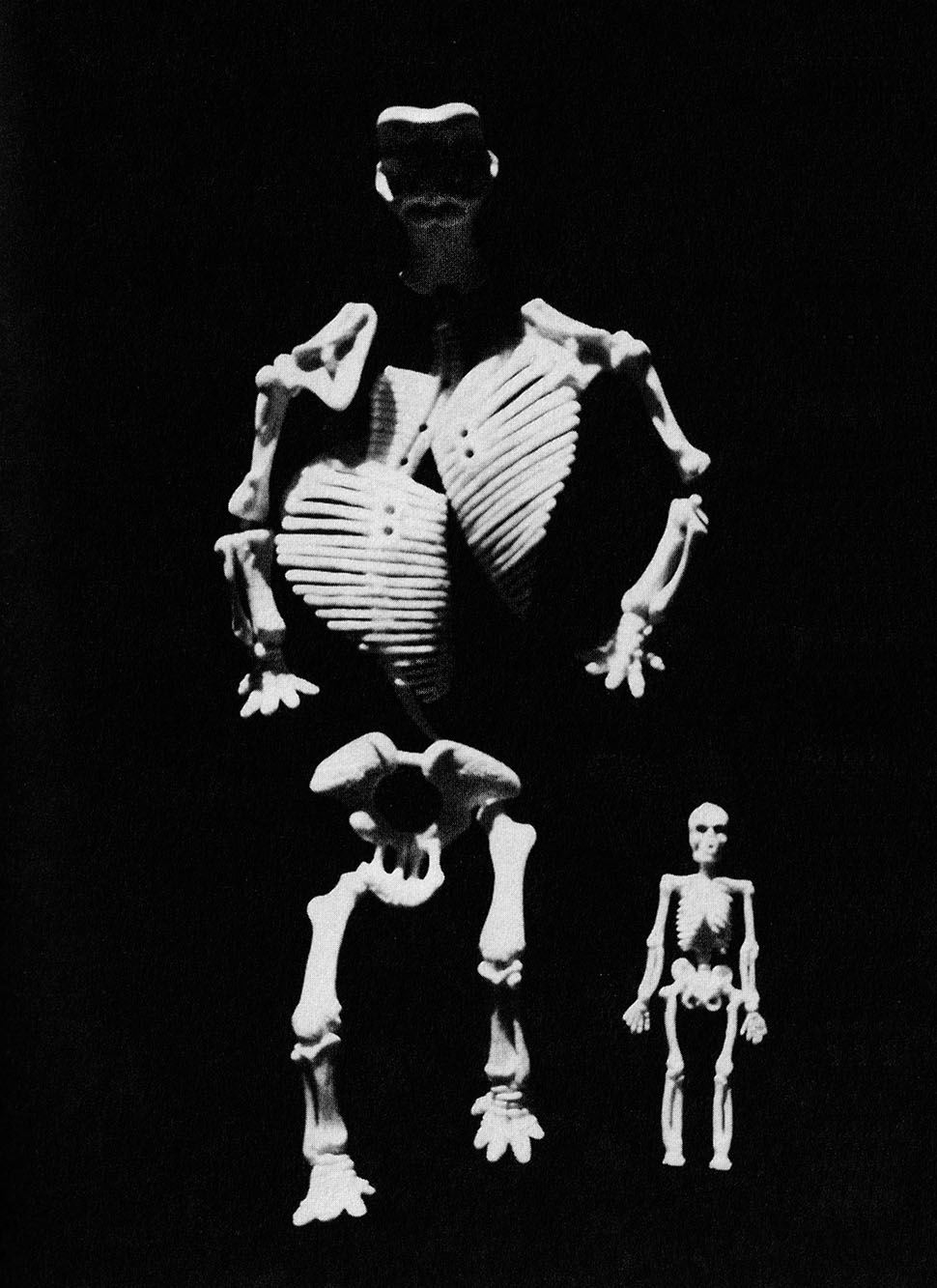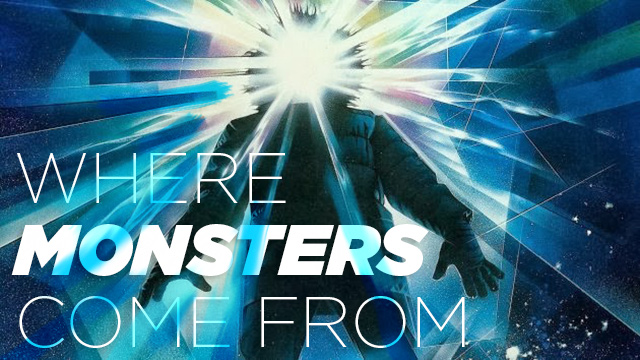Ancient myths of dragons, titans and giants — inhuman creatures battling it out on an alien earth before mankind — are easy enough to find. Seemingly every culture has them. What’s perhaps more surprising is that many of these tales of deformed and monstrous beings, whether terrifying dragons or beneficent heroes armed for battle, often resulted from a misunderstanding of the fossil record.
As historian Adrienne Mayor explains in her fantastic book The First Fossil Hunters, it was not altogether uncommon for travellers along the dusty roads and remote landscapes of the ancient Mediterranean to stumble across huge, otherwise incomprehensible fossils. These were distorted and grotesque, sometimes frankly horrific, animal bodies that their own experience could not explain.
These people had, Mayor writes, “striking personal experiences with giant skeletons that weathered out of the ground in Asia Minor”, a region “where strange and immense skeletons emerge from the sand”.
The kicker is that they had no idea how these old piles of bones were meant to be reassembled. They were rarely found in one complete package, and never well-cleaned or carefully preserved like you might see in a natural history museum today.
In other words, to figure out what all those strange and gargantuan body parts were — these inexplicable amputations hidden beneath shifting sands — they had to improvise.
Giant leg bones? Check. Giant skull? Check.
Soon enough, even something as simple as a mammoth —

— could be misassembled as the Cyclops, the towering, one-eyed, cave-dwelling beast of Homer, or perhaps even as Hercules, a giant human who once walked the earth.

But, even then, where did all these bones come from — and why so many dead bodies? It was a planet of corpses and long-dead, mysterious beasts.
Well, the ancients had an answer for that, too: the awesomely-named Gigantomachy, a “mythical war between the giants and the gods,” Mayor explains, a planetary war that peppered the earth with “still-smouldering battlegrounds where Zeus’s cosmic lightning bolts had destroyed mythical giants and monsters.” The earth was a charnel ground.
Mayor describes “observations of unusual, large vertebrate fossils” mistaken for dragons, and even “huge teeth” emerging from the hills along ancient roadways. And this was by no means limited to the Mediterranean: “On the slopes, in eroding cliffs, and along marshy streambeds, from Kashmir to the banks of the Ganges, the local people would have observed a host of strange skeletons,” giving even ancient India its own prehistory of deformed and monstrous creatures leaving their terrifying body parts scattered throughout the landscape. Even in the Middle Ages, she adds, “some people believed that large fossil skeletons were the bones of fallen angels or remains of giants,” that some even “fell from the stars” long before humans arrived on the scene.
Mayor is clear about the correlation: “As we’ve seen,” she emphasises, referring back to the research presented throughout her excellent book, “the geographical distribution of the fallen giants and monsters conforms to localised fossil beds discovered in modern times.”
In any case, ancient monsters, in a sense, were the fever dreams of amateur palaeontologists: superstitious travels connecting inhuman bones in all the wrong ways and then narratively constructing a world in which those creatures could thrive.
The possibility that the formless and strangely limbed monsters so adept at haunting our dreams even today can be traced back to creative misinterpretations of the fossil record in the ancient world is a compelling thing to consider — especially on a night when dressing up like monsters ourselves is one of the goals.
